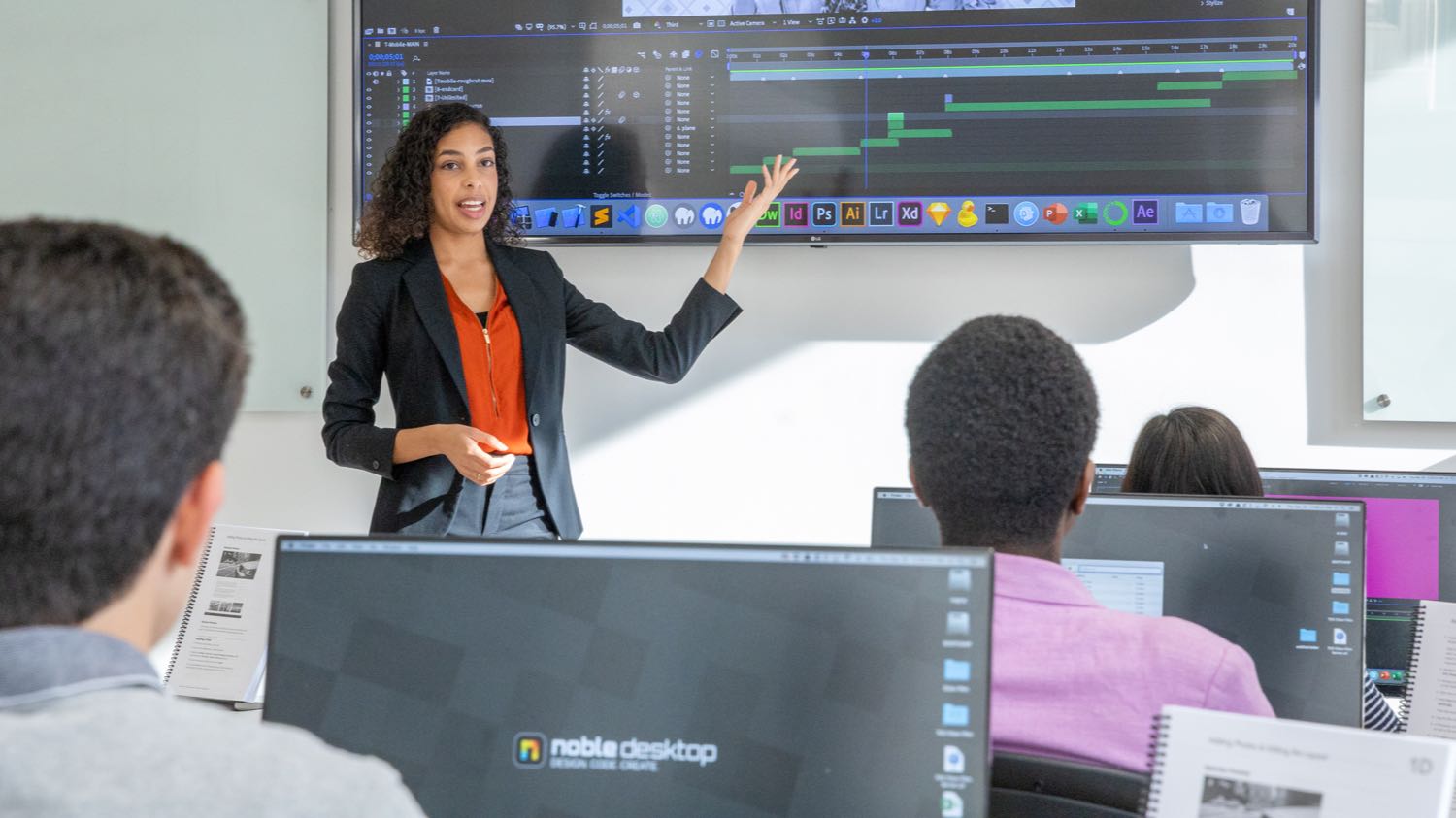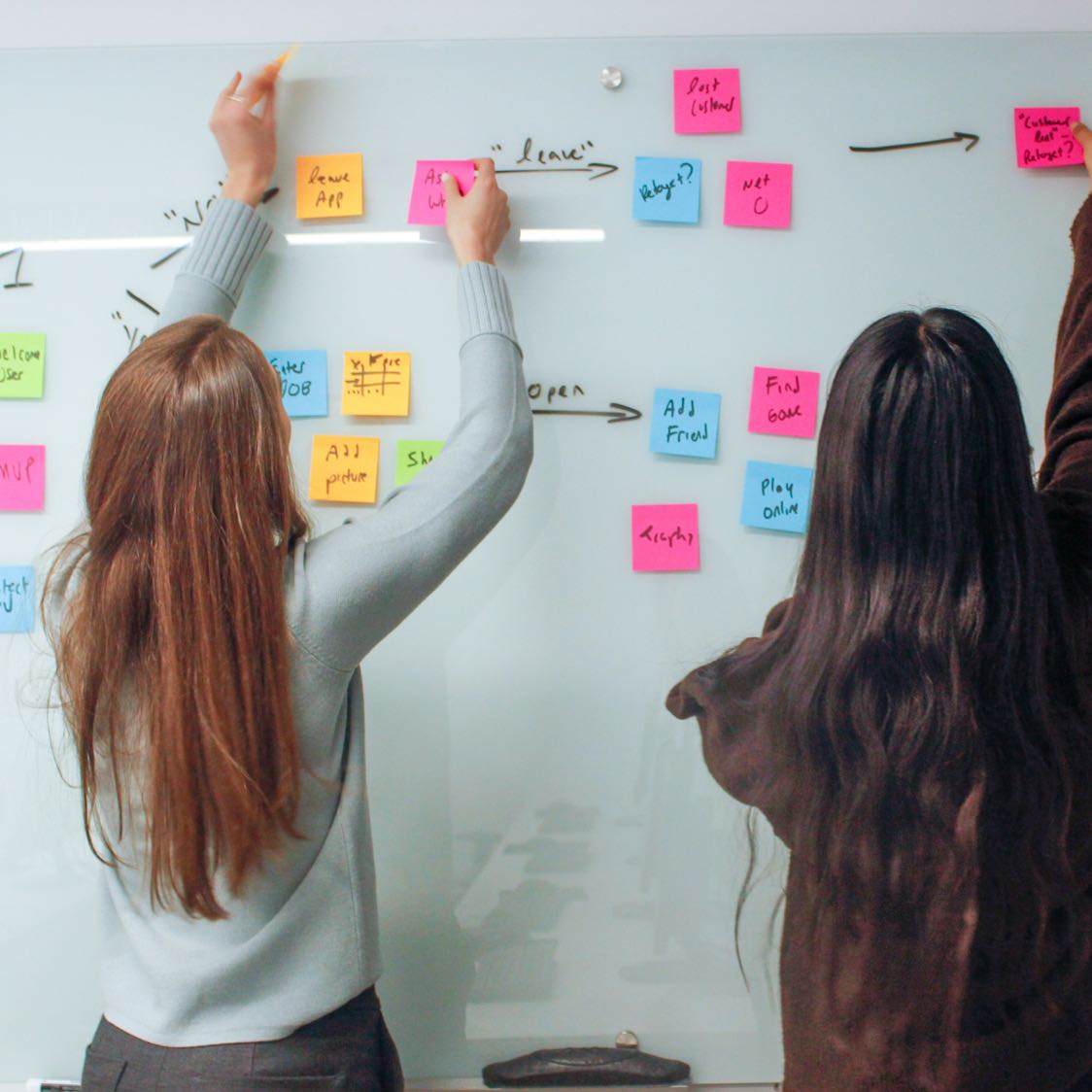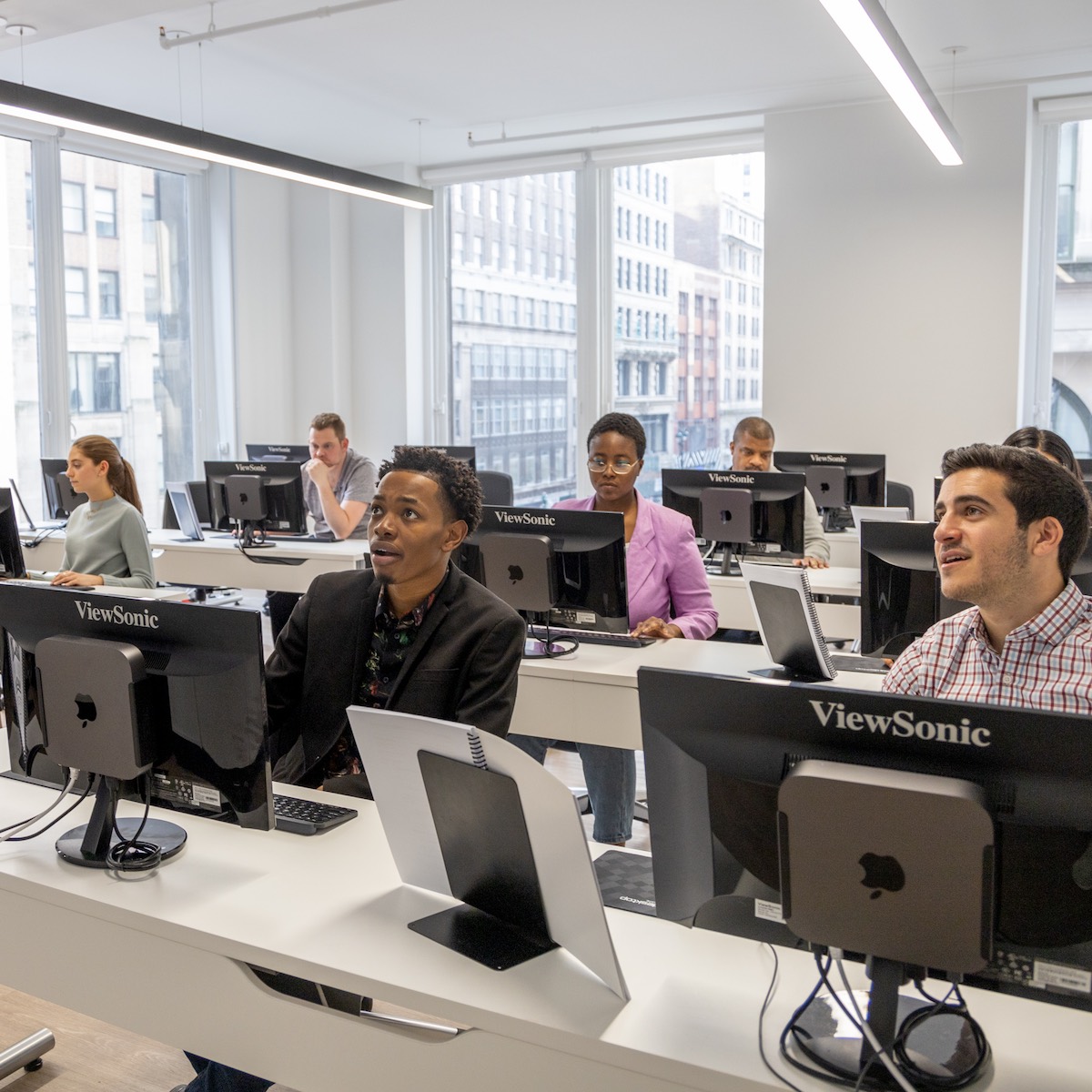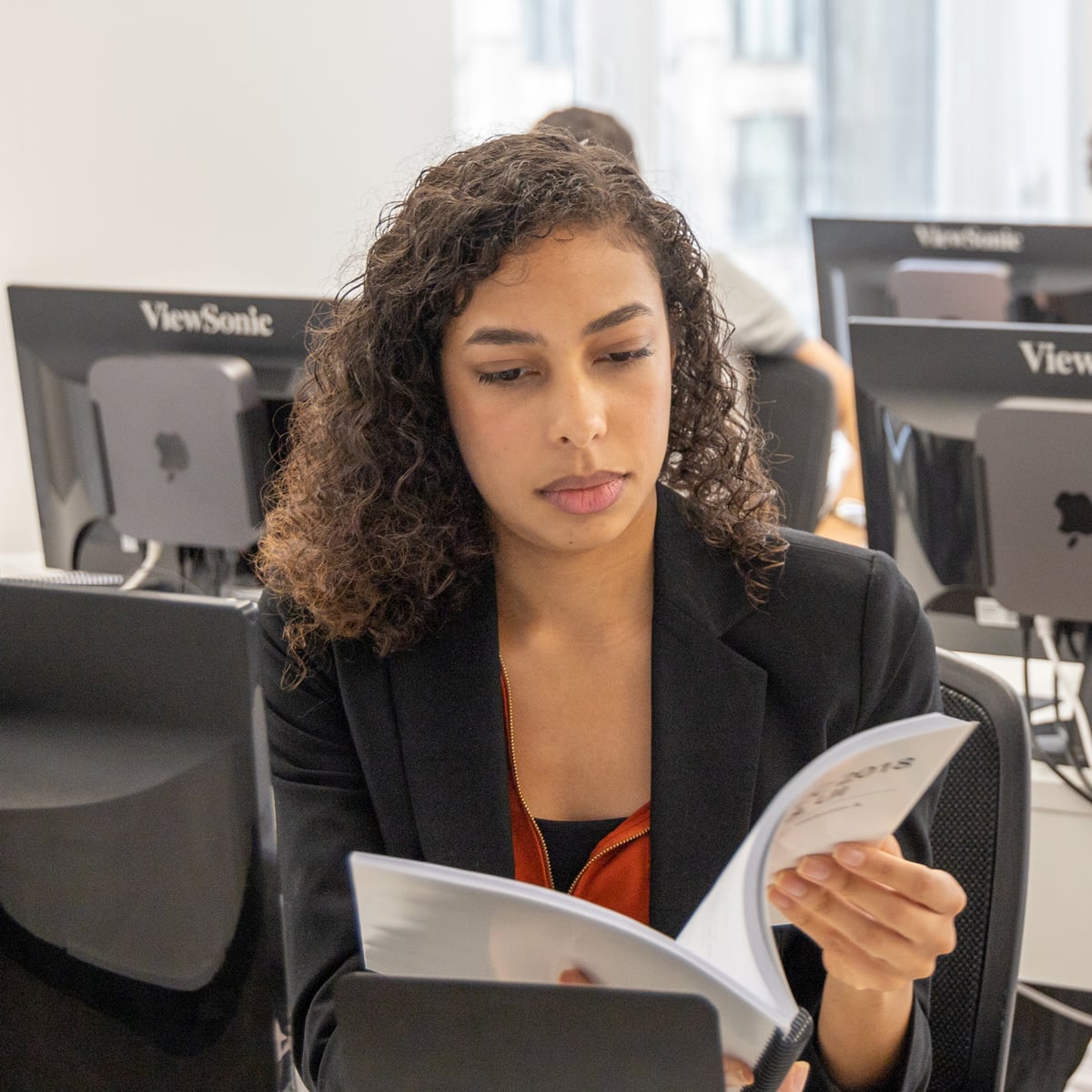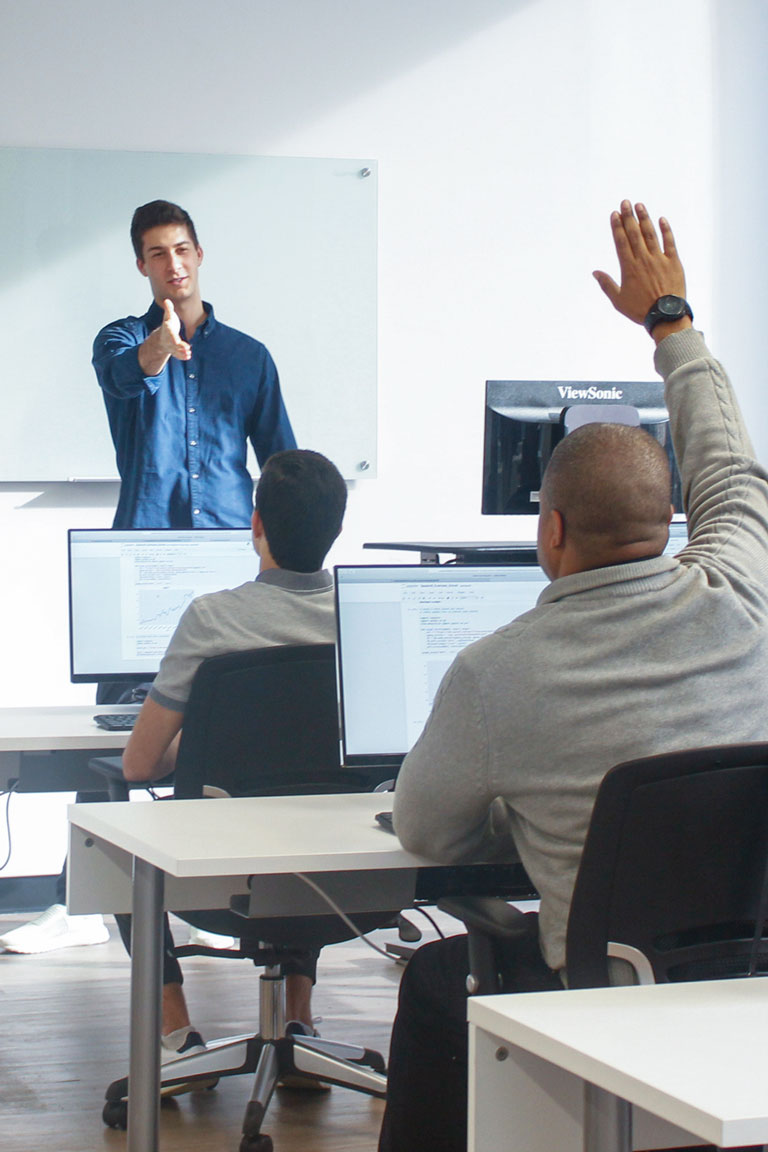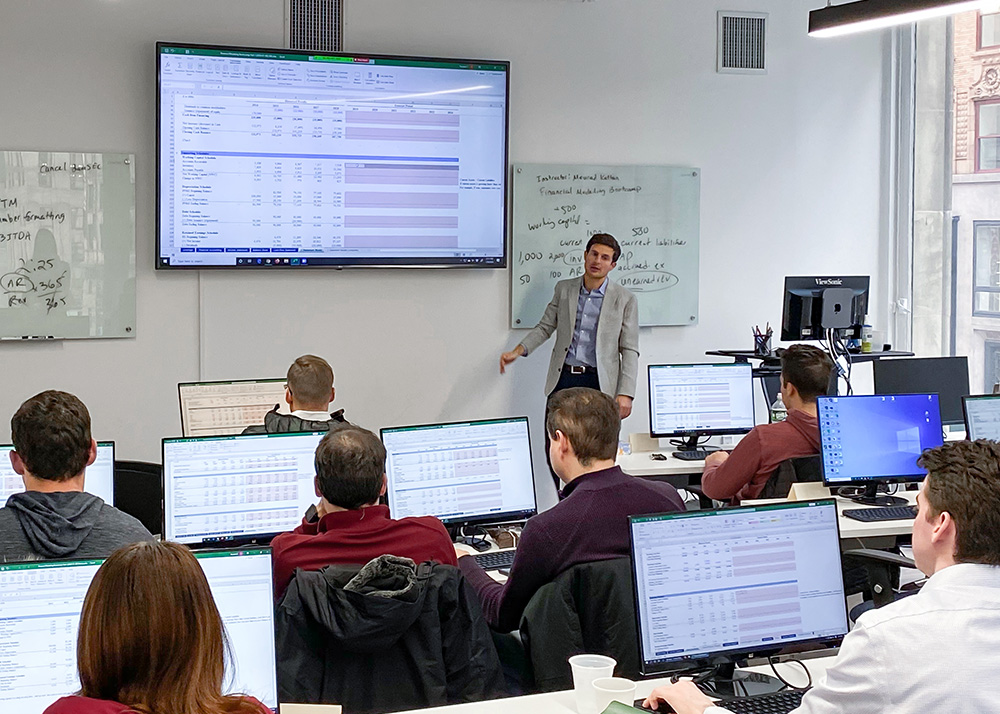What is Animation?
While most frequently associated with cartoons, animation is the art of creating the illusion of motion within static images, literally ‘animating’ them to life. Historically, this has been done with the same basic concept used in something like a flipbook, wherein similar images are incredibly quickly shown in succession at a speed where our eyes can view them as if they were moving. This was, in the past, incredibly labor intensive since this required 24 full-drawn and inked frames (or cels, short for celluloid) for every second of motion you wished to create. For instance, Disney’s seminal Snow White and the Seven Dwarfs was composed of roughly 362,000 individually hand-drawn cels, with presumably hundreds of thousands more than never made the finished product.
Today, much of this work is expedited with the help of digital technologies and animation applications, but the principle remains the same. Animators will learn how to draw stylized characters, backgrounds, objects and effects and use technology to duplicate those drawings a thousand times, creating a realistic appearance of weight, motion and presence on the screen. Learning to be an animator is as much about learning how to work with modern technology as it is about learning how to draw and express oneself creatively.
Why Learn Animation?
There are numerous reasons to learn animation, the most prominent being that it is a great way to express yourself creatively and build a future in an industry with a long and storied history. Learning animation means entering the same field as pioneering artists like Walt Disney, Hayao Miyazaki, Matt Groening and Lillian Friedman and given the global reach of animation as an industry, there is a global community of fellow artists involved in a wide range of animated projects.
In addition, animation is an incredibly popular and diverse medium. While commonly associated with cartoons like those produced by Walt Disney, several animated films are in the top 25 highest-grossing films of all time (and this expands depending on your definition of animated), and the longest-running prime-time scripted television show of all time is animated (The Simpsons). Thanks to more robust global markets, more and more animated features are being imported from countries like Japan and France, including crowd-pleasing hits and award darlings. Learning animation can give you diverse and fascinating opportunities and styles to work within.
Learning animation is also a great way to find work in visual effects and digital content creation. Since animation is the art of giving weight and motion to static assets, this means that almost all modern digital effects are a subset of animation, including things like special effects, chroma key replacement and digital modeling. While we might not think of it that way, the “live-action” Lion King was just as much an animation project as its cartoon counterpart. Learning digital animation will let you work on a wide variety of different film and television projects by virtue of how common digital effects animation has become in the industry.
What Will You Learn in an Animation Summer Program?
In an animation summer program, you will most likely spend most of your time learning how to use industry-standard design applications such as Adobe After Effects. The shift to digital rendering as the primary type of modern animation means that you are less likely to spend time learning how to hand draw cels and more likely to learn how to create objects and assets in a digital drawing tool and import those into various other film files (not that you can’t learn traditional hand-drawn animation, the classes will just be somewhat different). These classes will focus primarily on the technical skills you need to turn your creative visions into realities.
Adobe After Effects (and its bundled sister application, Cinema 4D), is the most common application you'll cover in these programs. This design application is primarily used for creating post-production special effects, including title cards and digital graphics that are later edited into a video file. This makes it useful for special effects animation, compositing, key tracking and traditional animation (as well as blending traditional animation with live-action shots). In addition, it can work as a scaled down video editing application for the purpose of easily inserting assets into a completed file.
You are also likely to spend time learning how animation programs like After Effects are paired with other creative design applications, primarily Premiere Pro, Cinema 4D and Audition, but also applications like Photoshop and Illustrator. Each of these applications serves a unique creative function and learning how to integrate multiple applications on a single project can both expand your creative canvas and make the process of completing a project that much easier. For example, Premiere Pro is used to edit video files, so it is the application that is used to add digital assets created in After Effects into more complex video files and Audition can be used to handle the sound mixing required for complex animated projects (for example, if you are creating a digital explosion effect, there is obviously no sound with it, so you’ll need to add that as well).
Lastly, you’ll get the opportunity to hone your creative eye and your drawing and modeling skills during these classes. While having the technical know-how is essential to your success, you’ll also need to understand how to design assets and effects that mesh with the completed project and how to integrate those assets in a way that aligns with your overall vision. Different projects call for different levels of realism and verisimilitude in their designs and learning when to apply different styles and what styles you are most comfortable working with are very important skills.
What Can you do with Animation Training
Learning animation skills, particularly the technical side of the field, can help improve your long-term earning potential and give you a leg up in the college application process. Animators and special effects artists are highly sought after in a wide range of creative industries and, unlike some film jobs, animation projects often require the work of hundreds of skilled VFX artists and digital designers. For example, Marvel’s recent Guardians of the Galaxy 3credits 1,146 VFX artists involved in everything from creating digital environments and modeling the massive alien creatures of the film to making sure that digitally created animal fur moved in realistic ways as the digital model moved. Per the Bureau of Labor Statistics, animation-related jobs are expected to grow 8% year-over-year during the next decade, with an average annual salary of nearly $100,000.
Enrolling in an animation summer program can also be productive for anyone looking to apply to art schools in the hopes of pursuing an MFA. Most art schools require students to demonstrate their skills and training by providing a portfolio of work that they have already completed and during a summer animation program, you’ll have the opportunity to get real-time experience and hands-on training as you build this portfolio as a part of your curriculum. These courses will also help you demonstrate to prospective colleges that you are dedicated to your continuing art education and you are taking your art training seriously, which can give you a leg up on other applicants.
Finally, learning animation can be useful for aspiring content creators who want to create videos and similar media that stand out from the crowd. While you may aspire to create your own YouTube content, TikToks or Twitch compilations, so too do hundreds of thousands of other content creators, meaning you’ll need to ensure your videos look as professional as possible. Even spending a few hours learning how to use After Effects can significantly improve the quality of your work, as adding things as simple as title cards or small visual effects can have a significant impact on how you reach your audience.
Best Animation Summer Programs for High School Students
Students looking to learn animation skills should consider enrolling in a program like NextGen Bootcamps’ Summer Animation Program. In this immersive summer program, students will have the chance to receive in-person animation instruction from trained professionals with years of teaching experience under their belt. This course focuses on Adobe After Effects and its use in animation projects, including basic features like keyframing and title card creation to more expansive projects like 3D modeling with Cinema 4D and detailed chroma key work. Throughout this course, you’ll work on real-world projects and get hands-on animation experience, making you more comfortable working with the technology and better equipped to explain your stylistic choices and decision-making processes when presenting your work to prospective clients or schools.
If you are looking for a more robust summer film training seminar, NextGen Bootcamp also offers a Motion Graphics and Video Editing Program that will provide students with all of the After Effects training as the animation bootcamp alongside film editing techniques using Adobe Premiere Pro. This course is great for anyone who dreams of working in post-production on film, television or online content since it will cover most of the major aspects of working on a film production after the content has been shot. This course will provide students with an immersive post-production education, including learning how film is edited and how digital effects are added to a film reel (as well as how digital replacement and sound editing are handled). Students who complete this course will receive a certificate of completion that they can add to their job or college application materials to signal their robust film editing and animation training.
Both of these courses, animation and video editing, are also available online, giving students the opportunity to build animation and film editing skills from the comfort of their own homes. These classes are taught by the same instructors following the same curriculum as the in-person versions of the class, so students don’t sacrifice anything by signing up for an online course. Students will learn alongside their cohort in a live-streaming digital classroom, and they will be able to interact directly with their instructors, receiving personalized feedback on their work and answers to their questions concerning the material. These classes provide students with the same high-quality education and training they would receive in person, but they can be taken from anywhere, giving students added flexibility in regard to their training.
Students looking to learn animation skills in the city may also wish to explore the pre-college programs offered by the NYC School of Visual Arts. Their animation program covers three-credit courses to teach students the history of animation and the contemporary landscape of the field. These courses serve as an introduction to hand-drawn and digitally-assisted animation techniques and students will receive guided instruction and support as they create their own animated shorts over the course of the various seminars. This is a great, hands-on opportunity to prepare for college-level art education and in addition to earning some potentially transferable credits, you’ll start developing work for your application demo reel.
Another pre-college training option for animation students is The New School’s Pre-College Animation Studio course, which aims to introduce high school students to the kinds of projects that they will work on in college-level animation classes. These classes provide students with the experience they need to start working on their own animation projects, and since experienced animators teach these courses, students will get personalized support, critique and feedback on their work. The course introduces students to hand-drawn and digital animation techniques (utilizing applications in the Adobe Creative Cloud). By the end of this course, students will be prepared to work in college-level animation studio courses.
Cornell also offers a range of art classes, available in person and online. This includes a robust and immersive Art as Experience course aimed at helping aspiring artists of all tracks develop a deeper understanding of the experiential side of artistic creation. This course is less focused on any individual medium and more focused on allowing students the opportunity to explore their creative impulses. This class covers everything from hand drawing and painting to digital animation and 3D plastic arts, giving students a robust education in the various methods and theories of approaching art.
Students who aspire to work in the video game industry may want to consider a course like Syracuse University’s online Computer Animation and Game Development seminar. This program offers students a design-focused, non-mathematical introduction to computer design and programming with an emphasis on creating and animating digital environments and objects in Alice. This course is an ideal place for students to blend an interest in computer science with a love of narrative and visual storytelling since Alice allows students to create, populate and animate vibrant digital environments for users and players to explore. While this is a STEM course, it approaches computer science from an angle that prioritizes the creative and visual aspects of 3D animation and the story-telling potentials offered by computer programming skills.
The New York Film Academy is one of the leading providers of in-person and online filmmaking instruction for high school students. In their3D Animation Summer Camp program, high school students will receive guided instruction in all of the major elements of animation and filmmaking, culminating with them producing and completing an animated short film. This course guides students through every step of the filmmaking process, from the beginning of the brainstorming phase to post-production work. Students will work with Maya software, and they will learn a wide range of animation concepts and techniques, including modeling, motion, and character construction. Students will also study important animation concepts like weight and secondary action, squash and stretch, exaggeration vs. subtlety and sound-image relationship. Students enrolled in this class will get a robust education in time-tested animation techniques that they can use to develop their own style and voice.


